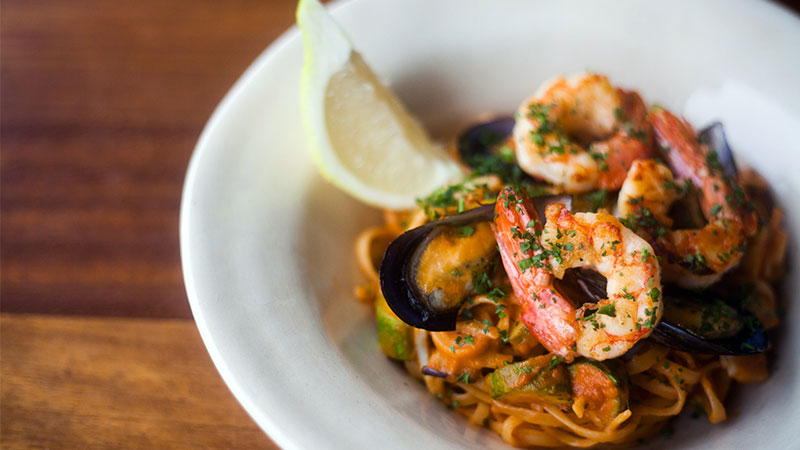The black truffle, Geocarpum, is a member of the Myxomycota suborder. Truffles have been used in culinary applications since at least the Neolithic era. The term "truffle" is derived from Greek meaning "fish", and myxo's means "mushroom".
A truffle, in fact, is the fleshy reproductive body of a subterranean, fruiting ascomycetous fungus, primarily one of the six species of the family Tuberculaceae. These fungi belong to a large family of plants that contain thousands of different types of fruiting bodies, the first five of which are the Geocarpaceae. Geocarpum belongs to the order Geocarpetales. It is found only in South and Central America. Other members of this family also produce truffles, but geocarpum is by far the most commonly cultivated and eaten.
Fungi produce spores that float on the surface of the water. This process occurs rapidly so that a truffle fungus can sprout thousands of spores within a short time. Most fungi that produce truffles grow in dark, damp environments. Some of these environments are considered ideal for growing geocarpums. In other cases, it may be impossible to obtain these fungi in the environment in which it lives.
Some of the most well-known truffles are those produced in Italy, France, and Greece. These are called Georgetti. The Greeks refer to truffles as Georgetti while the Italians call them Gelli Cappuccio.
Geocarpum is a member of the Geocarpaceae suborder. This suborder is similar to the family in that it contains about half of all fungi that grow on living material, and it contains about half of all mushroom species. Geocarpum belongs to the Order Geocarpata, which is in turn subordinate to the Phaeophyta suborder.
One of the most unique characteristics of the black truffle, or Geocarpum as it is commonly known, is its ability to withstand high salinity, particularly up to 50 degrees Celsius. and temperatures as high as 150 degrees Celsius and above. Geocarpum can even withstand extremely high levels of ultraviolet light and can withstand the heat of saunas and even the sun. Its resistance to high temperatures is due to the presence of a strong chlorophyll aqueous solution (this is a thin layer of chlorophyll in the form of an organic solvent) inside the cell walls.
The use of truffle salt as a flavor additive dates back to the Roman Empire, where it was used as a way of preserving food. It was actually considered a delicacy. In fact, it has been called the "dietary herb of kings". While the Romans used the herb as food for themselves, they also used it for their horses, camels, goats, cattle, and poultry and for animals of all sorts such as ostriches, llamas, sheep, deer, and even horses.
Today, the Greeks use this type of truffle as a traditional ingredient in the preparation of cheeses and salads. Other dishes that feature the truffle include ice-cream, puddings, cookies, cakes, pasta dishes, desserts, cakes, and other baked items, and even tea.
Geocarpum can be used either fresh or dried. When it is fresh, it must be stored out of direct sunlight and humidity because it becomes brown. It can be used fresh in recipes but is best prepared when it is dried.
A good choice of black truffle sea salt is to keep it in a sealed jar or container with an airtight lid and label it as "truffles." If you plan to use it within two days of preparing your meal, seal the jar tightly, and label it with the date and time. The following day, simply remove the truffles from the jar and allow to dry in a pan.
It is recommended that you store the black truffle salt out of the reach of children and pets because of the number of salts in it. It is important that children and pets do not eat any part of the salt.
The Greeks enjoyed their black truffles in several different ways. They were put inside of hollowed-out bottles, or inside hollowed-out cups, and were served cold or hot.

